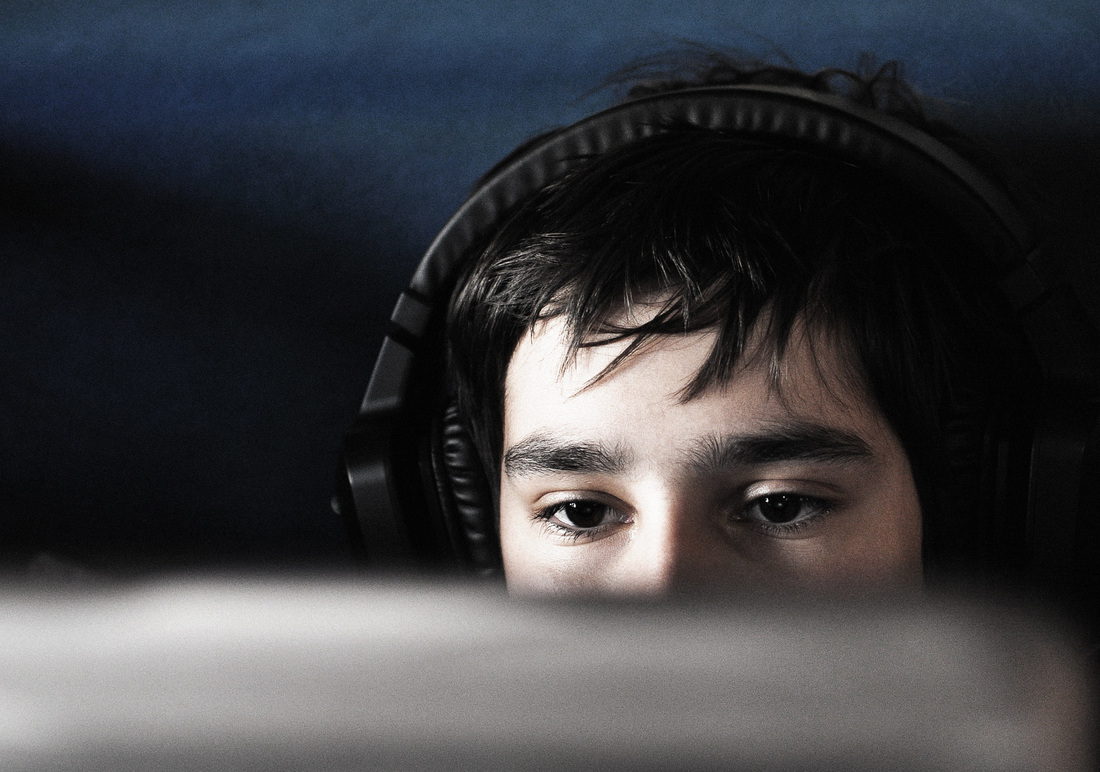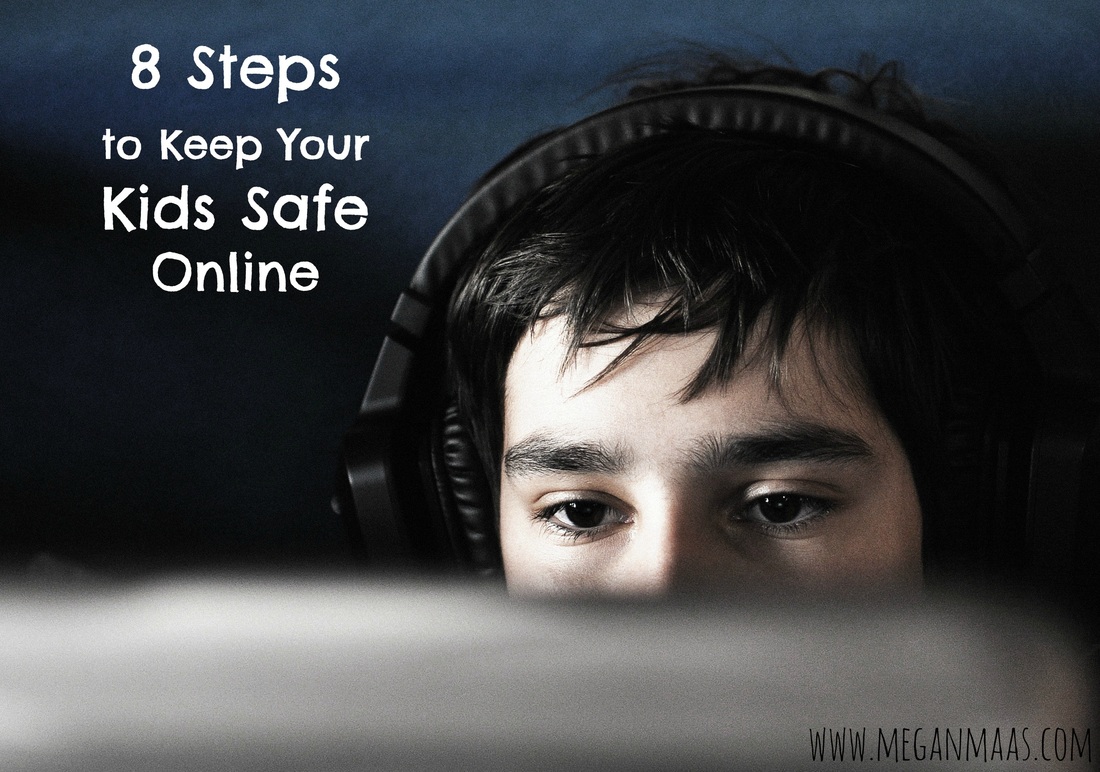|
Do you know what your kids are doing online? Have no fear! Keeping your kids safe online is a lot harder than you think. That’s right. It’s not easy. There is a lot to consider. Should you let them pave their own way? Eventually. Does monitoring replace parenting? No. Is your kid going to try to disable any software you install? Yes. But it’s still your responsibility to not only keep your kids safe online, but to teach them how to keep themselves safe when they’ve shown they can handle the responsibility of having 24-hour access to the web.
Here are 8 steps to get you started:
Photo Source: Dollar Photo Club
0 Comments
Leave a Reply. |
About this Blog:I'm here to help us discuss sexuality, gender, and media by integrating information from academic and mainstream sources. I hope this resource produces more sexually competent people who raise sexually competent kids. Categories
All
|



